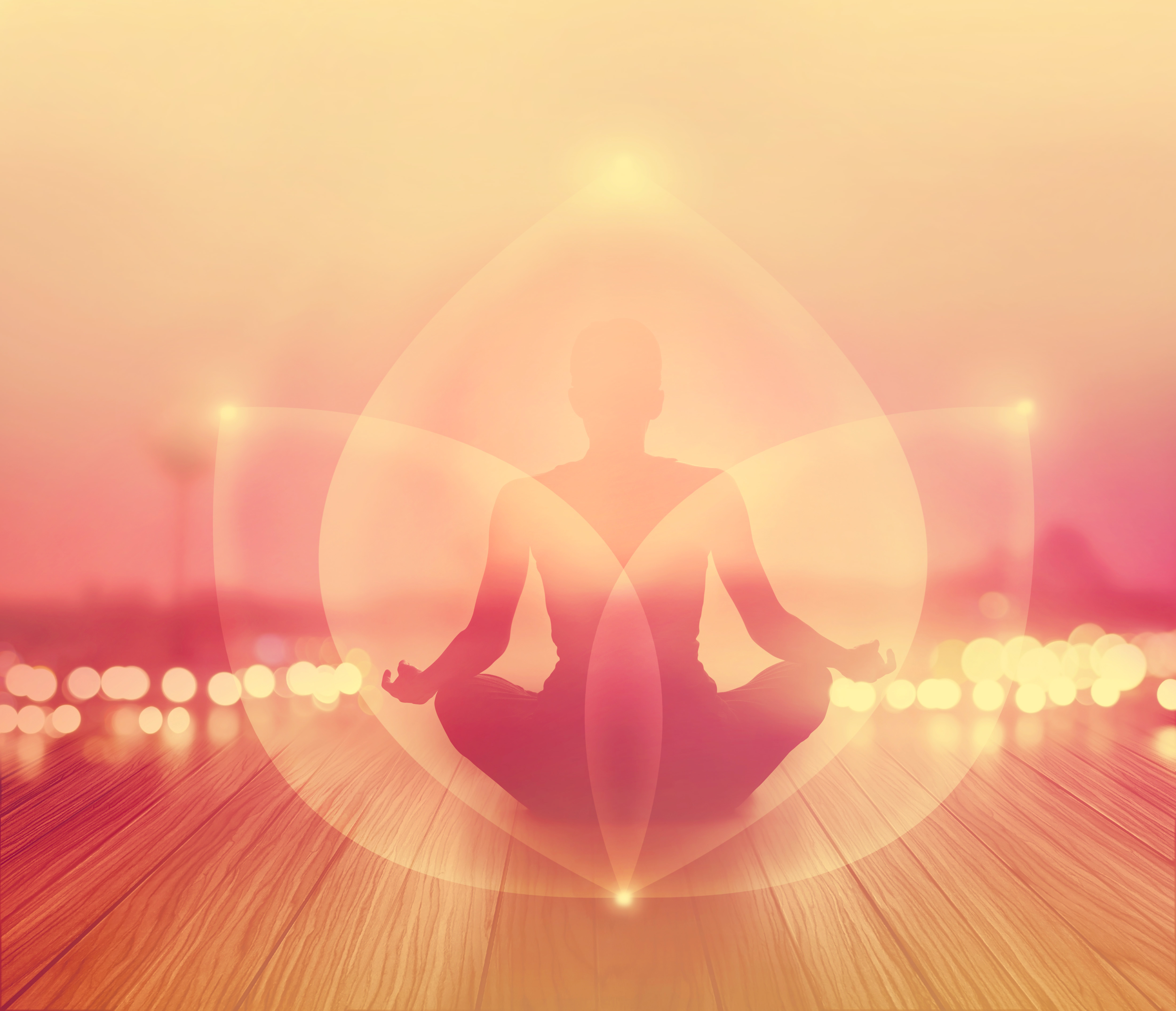Just a few weeks ago, we believed that Covid-19 and its economic consequences would be the biggest events to strike society in 2020, and could not have expected a massive, countrywide protest movement triggered by police brutality and systemic racism.
Confronting these events, many people are emotionally and intellectually overwhelmed by feelings of grief, rage, and deep disappointment.
With reflections of the present, history provides us with a number of examples where our anger as a society was channeled into a righteous force for change—just consider the women’s suffrage movement and the civil rights movement, both of which were sparked and sustained by anger at social injustices.
This heightened emotional state is charged with power and hidden potential. Becoming familiar with our emotions, seeing them for what they are, allows us to navigate our behavior and to explore that sense of power in the potential.
Anger is a distinctly human emotion that serves an important evolutionary purpose, namely to prepare us for “fight or flight” when we are faced with an enemy or danger. Most of us see anger as a terrible thing, an uncontrollable destructive force defined by rage and aggression, but, in fact, it is one of our most basic emotions, one that is often misunderstood. We are conditioned to see anger as something negative, an emotion demanding suppression, something to be cloaked under different layers of controlled behavior.
But could we transform these emotions, could we channel them into something positive, an outcome capable of redefining our daily lives?
How would our perception of anger change, if we thought of it in terms of energy—a powerful form of energy that could be harnessed and made creative, a force you don’t want to negate or suppress, but rather transform into a source of creative potential, a valuable wellspring for your future endeavors?
According to the laws of physics, energy can neither be created nor destroyed, only converted from one form of energy to another. As human beings, we have the natural ability to transform our emotions into energy that could be harnessed and channeled as an effective foundation for our well-being. Observing our emotions, rather than acting them out impulsively and with vehemence, can create a sense of space and detachment. Where there is no identification with your emotions, no losing yourself into the emotions, there is the latent power to transform them.
There exists a practical, three-step strategy to transform the anger felt within your body into a form of energy. With the help of visualization and a series of breathing techniques, this energy can be stored and then channeled when you should need it. The three steps consist of:
Embracing ~ Identifying ~ Transforming
- Embracing the Feeling – First, we have to allow ourselves to feel the anger. Of course, this should be done without emphasizing it or harming either yourself or others. Instead, let yourself feel the anger as a chain of natural reactions occurring within your body. You should come to recognize that anger is not you, nor is it your inherent condition. Although it may seem to reside in you, you can simply “step back” and watch this reaction in your body, detached and secure. Don’t attempt to justify your feeling, or to look for the reasons behind it or to trace its origins. Rather than thinking in terms of ‘right’ and ‘wrong,’ simply try to recognize what the anger feels like.
- Identifying the Feeling – Once you have acknowledged that you are feeling it, you can investigate your anger more deeply. Do it dispassionately and without judging. Investigate the feeling, its intensity and scope, but not its cause. Try to focus exclusively on your body instead of your thoughts and mental reasoning. Try to identify those parts of your body in which the sensation of anger is most intense, where the anger is intimately connected to your body. Is it in your head, hands, throat? Maybe it’s in your heart or stomach? Describe it. What does it taste like? What color is it? Give it a name.
- Transforming the Energy of Anger – Once you have recognized and named your feeling, you can begin to transform it. Begin by breathing it in. Harnessing our breath and channeling it is a failsafe way to deal with anger. Our breath is a fundamental tool which is available to us and needs no investment or equipment. We tend to take this vital function for granted and are largely unaware of its ability to harmonize, bring balance and heal. Simply breathing into your anger once you have identified it will neutralize many of the negative reactions in your body. Breath with your stomach and see how your body relaxes with each gentle exhalation. Let that relaxation deepen with each breath. Watch how the anger begins to merge and transform as you breathe. With each smooth inhalation, visualize the energy being successfully stored in your abdominal region. Sense that energy transforming into the energy of your potential.
Stay centered and present.


